After introducing the objects and people, let me introduce the scenery. To be honest, I am not good at photography, so these three chapters may not be very professional. I will mainly introduce methods and tell you the possibilities.
Please forgive me if there is anything wrong.
Miniature Landscape
I think everyone has seen landscape blockbusters on major platforms, so this chapter will not introduce too many common landscape production methods. Instead, I will introduce some rare ones. Here I will introduce a more interesting type:
|
|
Prompt |
explain |
|
What is the type? |
Miniature faking |
Miniature faking, also known as the toy world effect, is a method of creating a sense of miniaturization through specific filming and processing techniques, which can make life-size objects appear to be small plastic or metal models. |
|
What is the subject? |
Train Lines |
Train lines |
|
What is the environment like? |
null |
Not important, let AI play freely |
|
What is the composition like? |
null |
Not important, let AI play freely |
|
What lens to use? |
null |
Not important, let AI play freely |
|
What style? |
Japanese style |
I want the Japanese train style, so I added this parameter |
A Martian factory was also made:
|
|
Prompt |
explain |
|
What is the subject? |
Mars Factory |
Mars Factory |
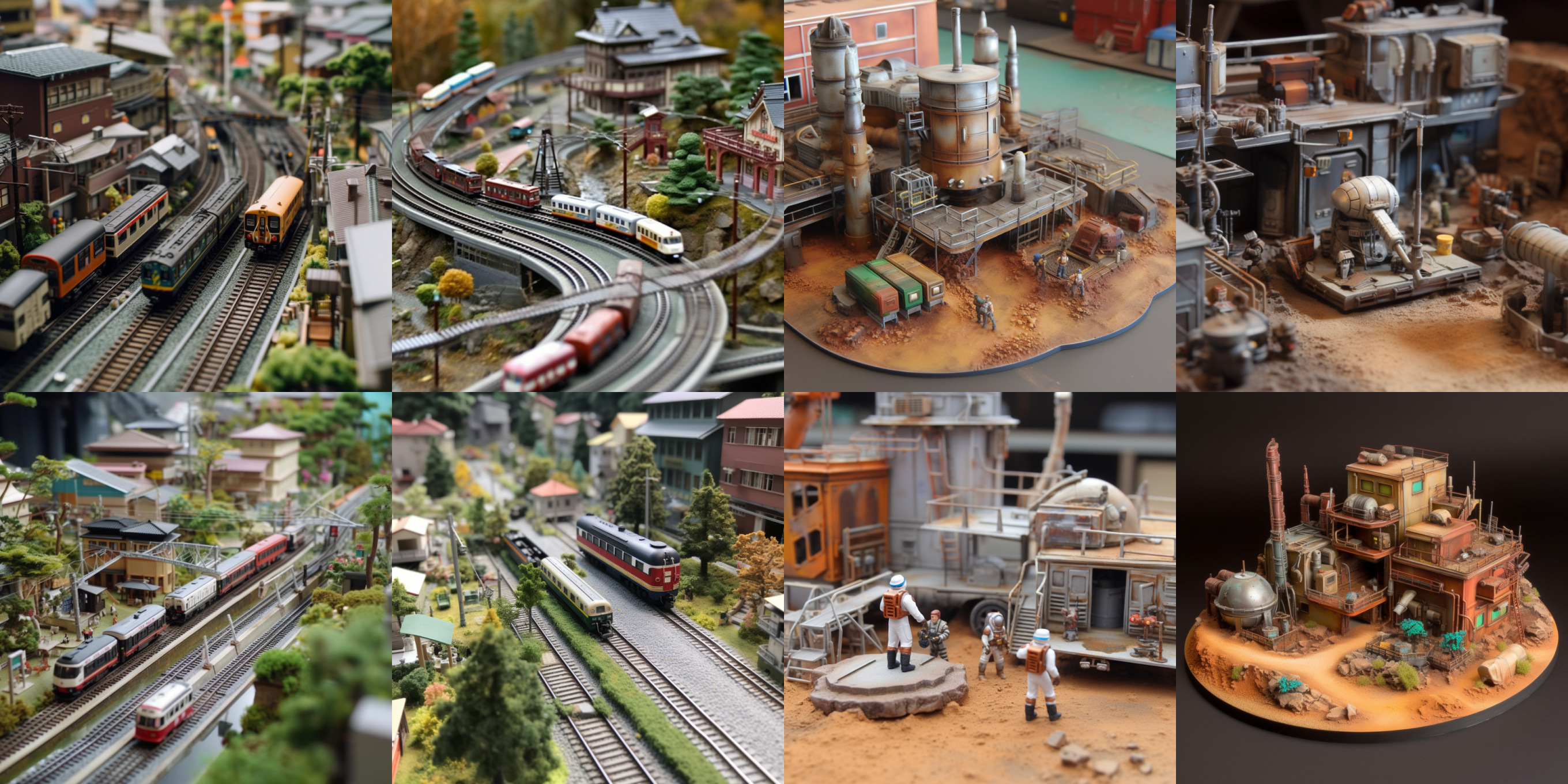
In addition, I also like to use this effect to create some photos of succulents. Just fill in the subject: cute mini Haworthia cymbiformis plant in a pot, or cute mini Aloe plant in a pot:
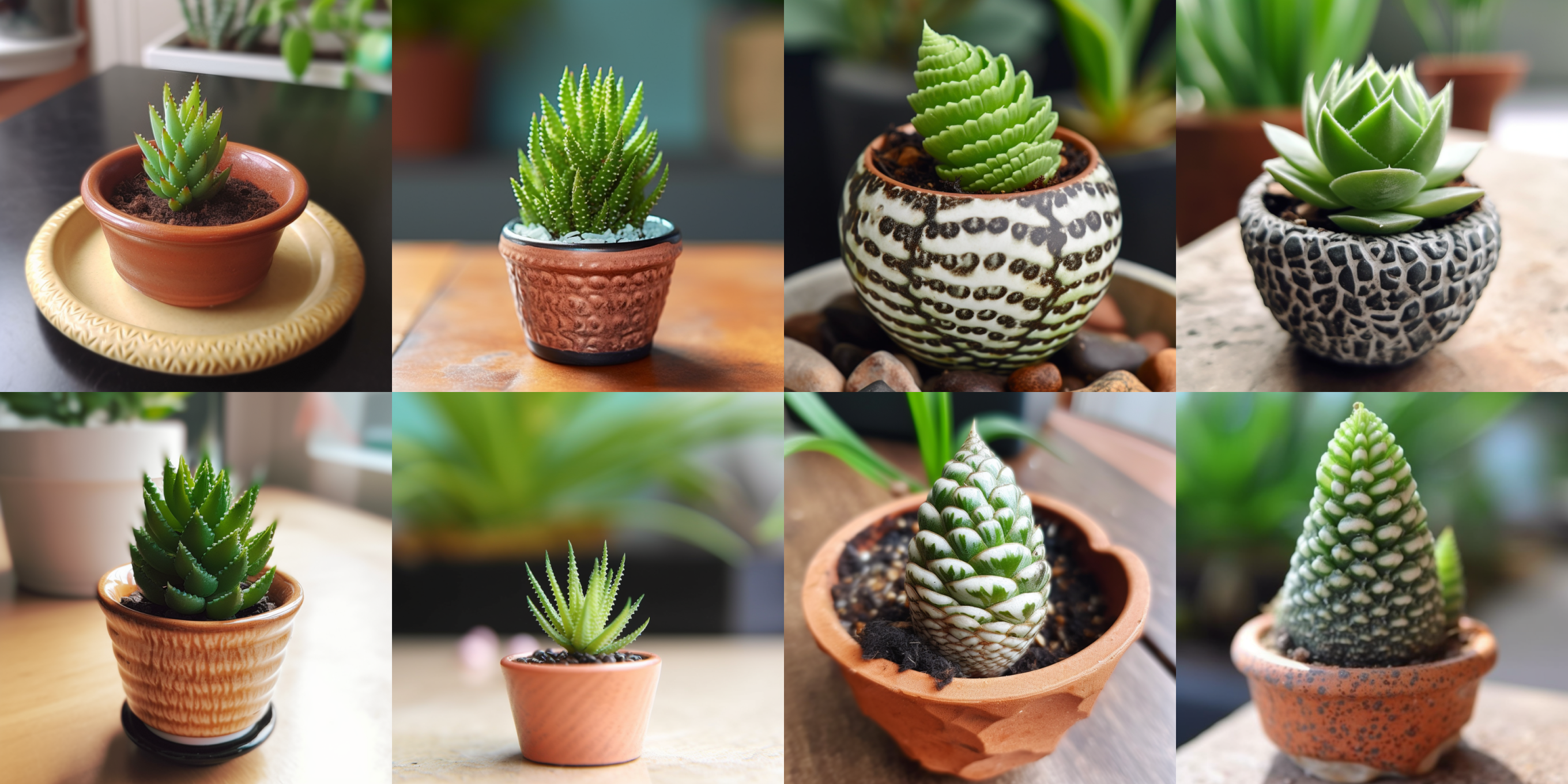
architecture
Strictly speaking, this is not a landscape, but since I really don’t know where to put it, I’ll put it here with the landscape.
Since I am not an architecture practitioner, I will only introduce one usage here: for man-made objects, you can add "made by" to the subject. Taking architecture as an example, there is no need to add the type in the prompt:
|
|
Prompt |
explain |
|
What is the type? |
null |
Not important, let AI play freely |
|
What is the subject? |
Structure by Dame Zaha Mohammad Hadid |
Dame Zaha Mohammad Hadid, the designer of the School of Design building of my alma mater, Hong Kong Polytechnic University |
On the right is Frank Gehry:
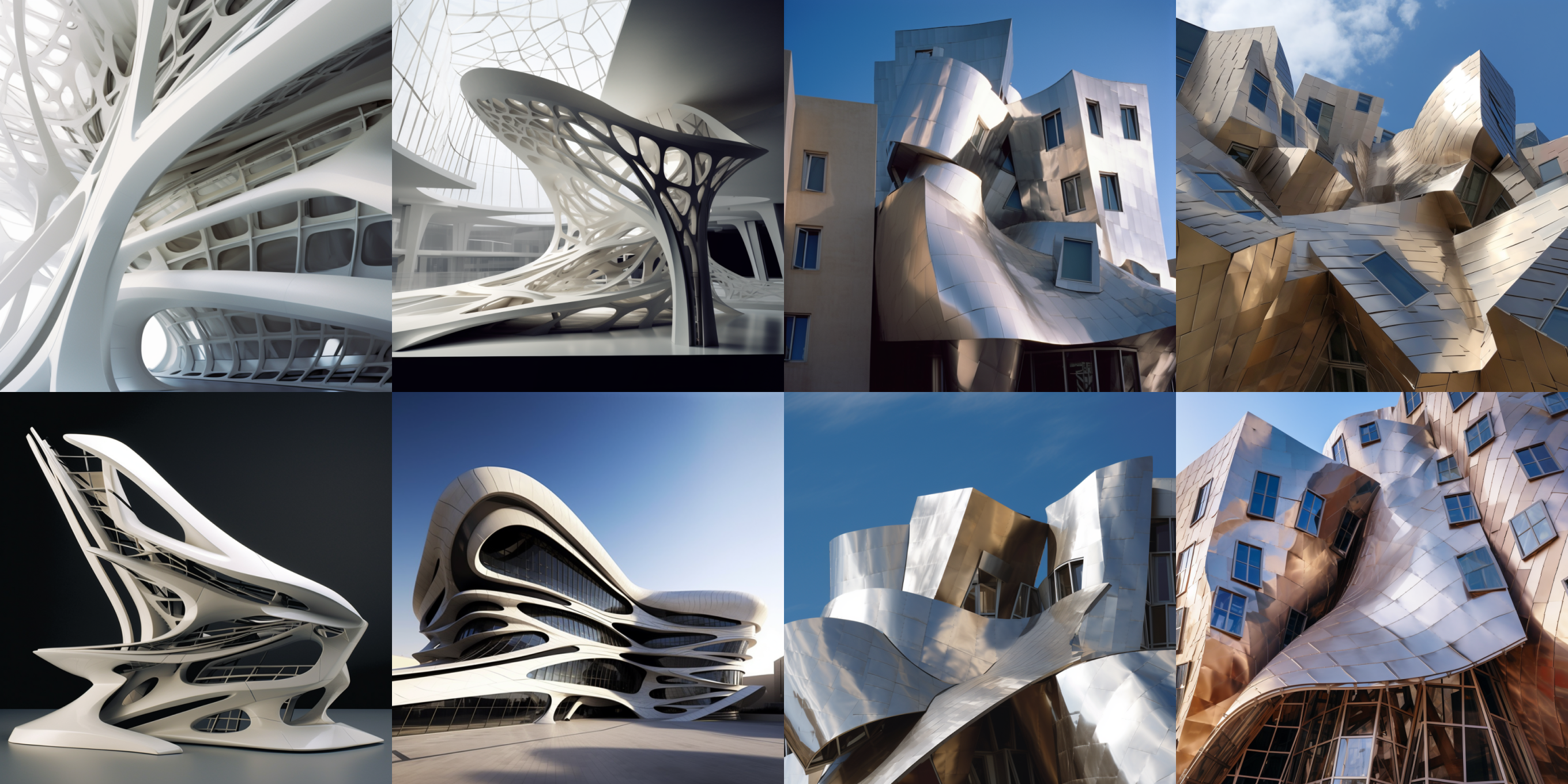
If you are interested in architecture, you might want to try combining the two styles of architecture together. Perhaps you will end up with an interesting design.
Tip 16: Change Camera and Lens
The previous chapters shared about lighting, and this chapter will share about cameras and lenses.
Some of you may have used some mobile phone apps. Unlike PS tools, they do not allow you to modify parameters such as the white balance of the image. Instead, they allow you to experience taking pictures with old cameras (such as film cameras). Although in essence, they also simulate the camera effects of the year through various parameters, it is indeed quite interesting.
exist Midjourney You can also achieve similar effects by adding the name of the camera or lens. Based on my experiments, Midjourney can change the following categories:
- Camera: Supports different types of cameras, such as sports cameras GoPro
- Film: such as 8 mm movie film
- Lens: For example, 15 mm lens
- Camera settings: such as long exposure, double exposure
- Depth of field & focus: such as deep field, shallow field, and vanishing point
I really like the double exposure effect, as well as the long exposure:
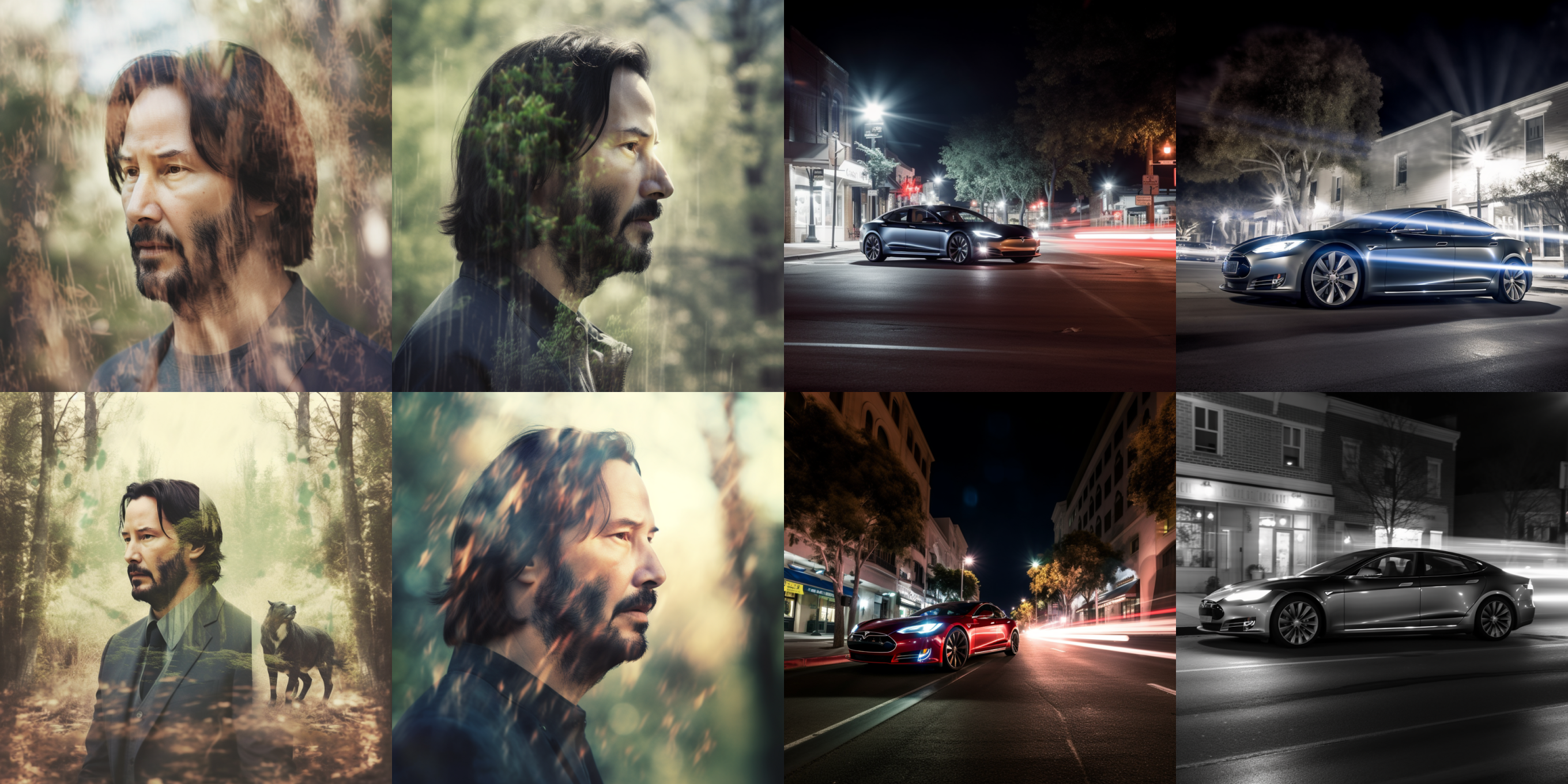
However, when you use it, you need to choose the appropriate camera and lens according to your scene. For example, the perspective of a drone is not suitable for taking close-up photos:
| photo |
name |
introduce |
Suitable for the scene |
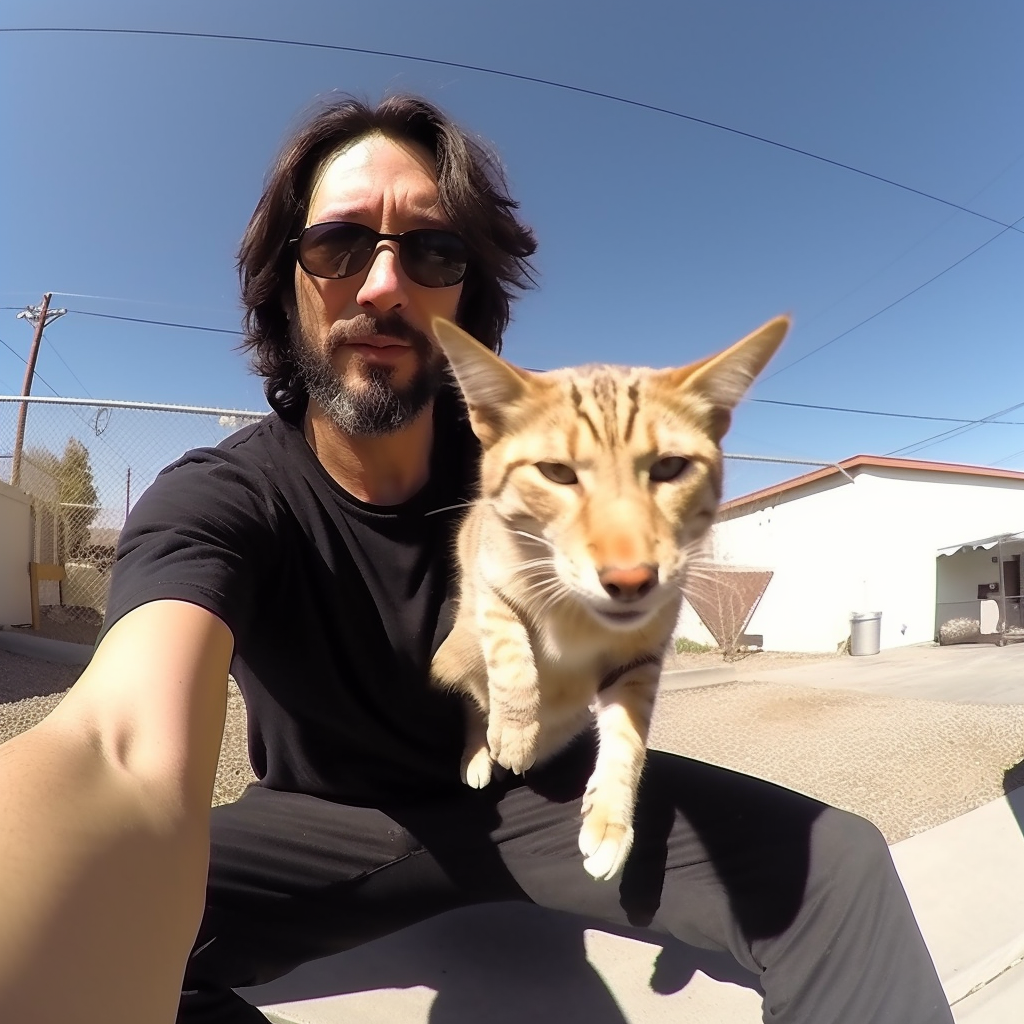
|
GoPro |
Action camera perspective |
Selfie or sports scene |
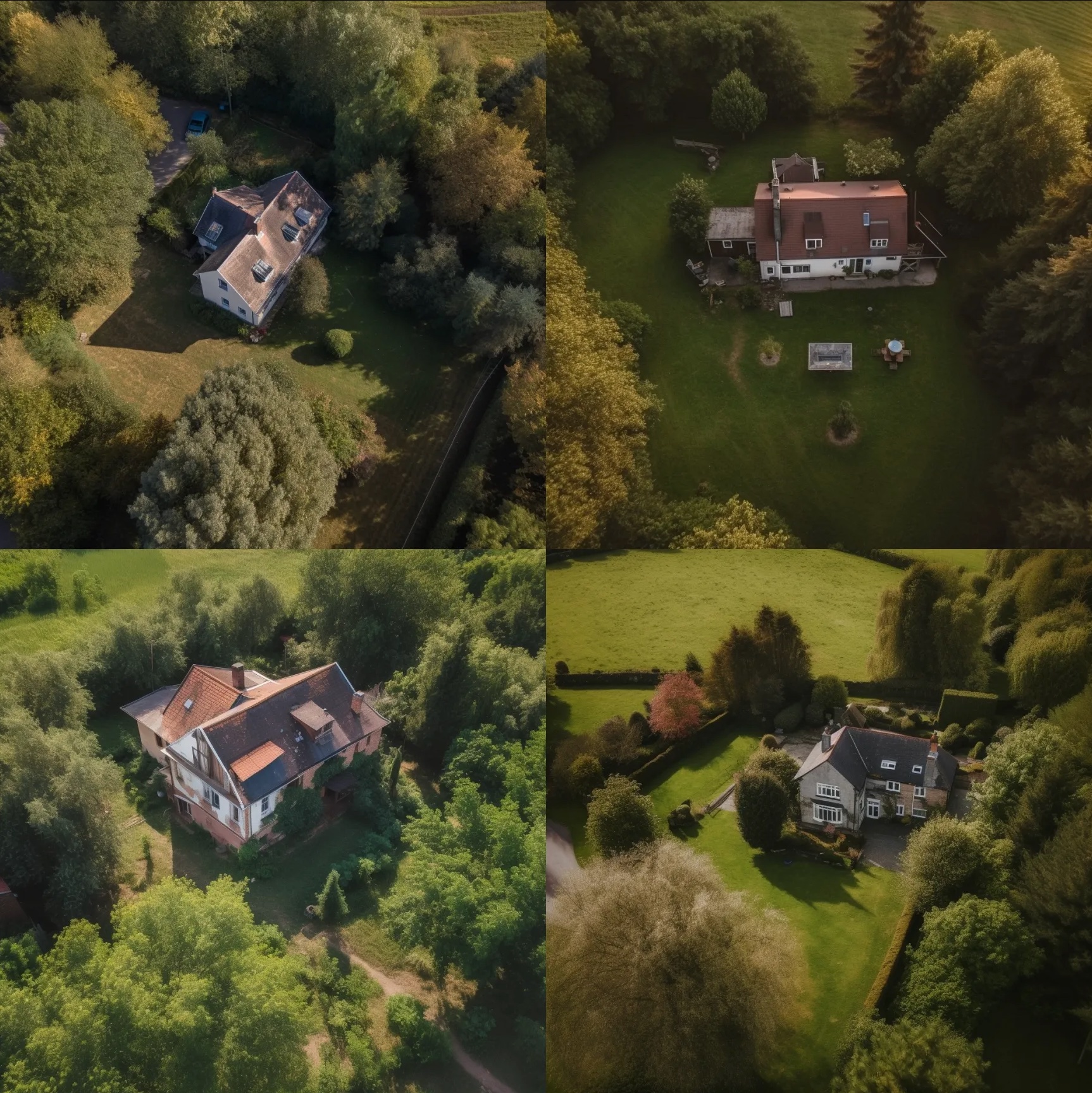
|
Drone |
Drone view |
Suitable for aerial photography or sky scenery |
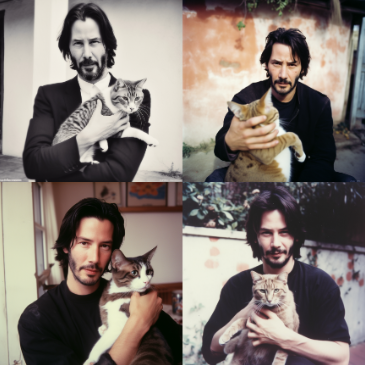
|
polaroid |
Polaroid |
I guess there's no need to explain. |
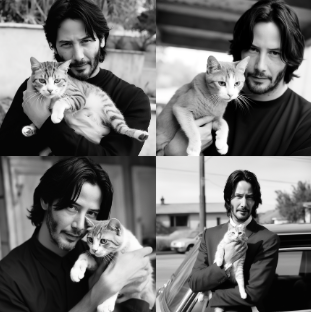
|
black and white film |
Black and white photo |
I guess there's no need to explain. |
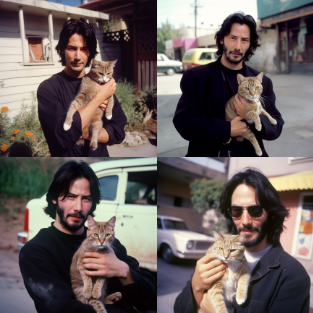
|
Kodachrome |
Brand of color slide film manufactured by Kodak |
It has very high color vividness, contrast and durability. |
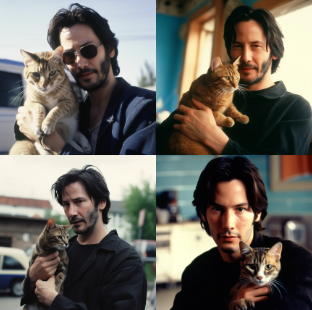
|
shot on 8mm |
8mm film is a portable, easy-to-use film with a relatively low resolution. |
Suitable for shooting common scenes such as family and travel |
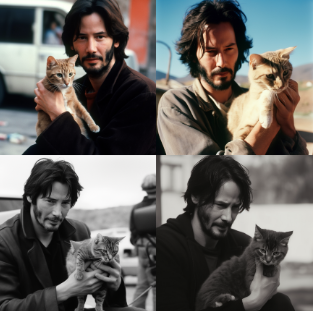
|
shot on 16mm |
Movie 16 mm film |
16mm and 35mm are mainly used for making movies, documentaries and commercials. |
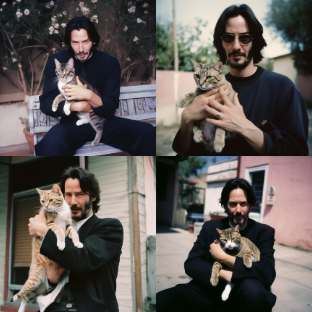
|
shot on 35mm |
Movie 35mm film |
16mm and 35mm are mainly used for making movies, documentaries and commercials. |
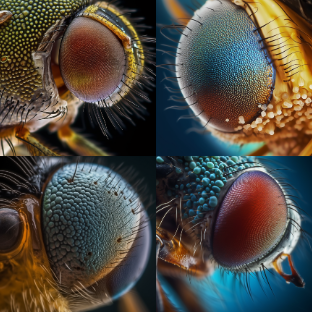
|
Microscopic |
microscope |
Suitable for some objects that need to be magnified for observation |

|
Fisheye Lens |
Fisheye lens |
A fisheye lens can capture the entire scene within a range. The viewing angle of this lens is usually between 100° and 180°, which can present a very exaggerated perspective effect. |
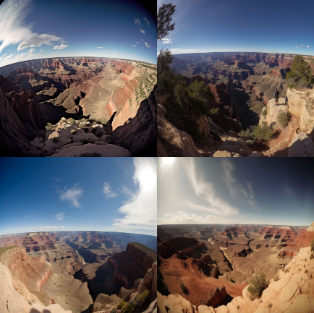
|
Wide Angle |
Wide-angle lens |
Suitable for landscape photos, allowing the picture to accommodate more content |
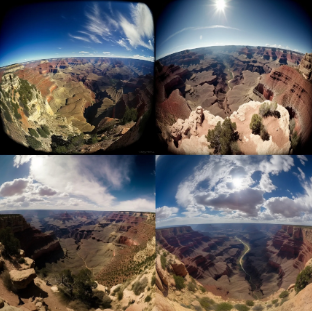
|
Ultra-Wide Angle |
Ultra wide lens |
Suitable for landscape photos, allowing the picture to accommodate more content |
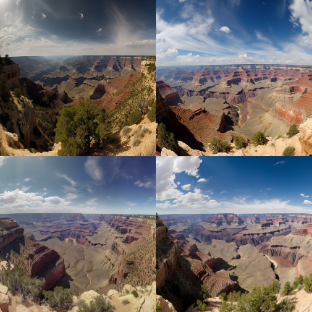
|
Panorama |
panoramic |
Suitable for landscape photos, allowing the picture to accommodate more content |
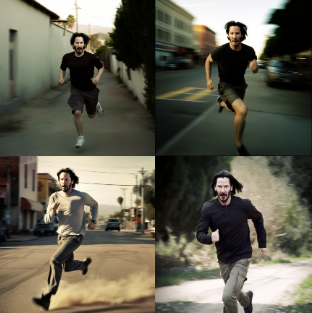
|
Short Exposure |
Short exposure |
It is usually used to follow athletes, performers or animals, or to shoot scenes that require quick decisions to capture the moment, such as shooting trains, cars, fast-moving vehicles, etc. Due to the limitation of short exposure time, this method can freeze moving objects and prevent blur. |
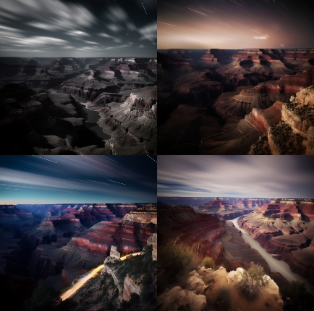
|
Long Exposure |
Long Exposure |
In long exposure photography, fast-moving objects will have trails, such as shooting stars, car lights, waterfalls, etc. This method will create a pleasant and mysterious atmosphere for the photo. In addition, long exposure can be used to shoot large scenes at night, such as landscapes, city night scenes, starry sky, etc. |
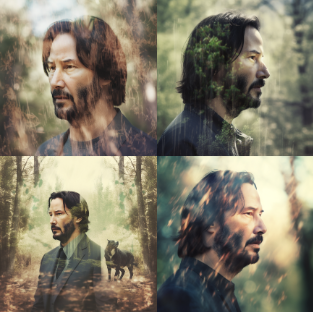
|
Double Exposure |
Double Exposure |
The double exposure technique can create dense and distorted, hand-painted and black and white artistic styles. This technique is very popular in the fields of portraiture, landscape and architecture because it can create images with unique environments, romance and strange feelings. |
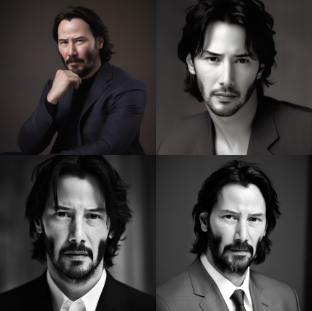
|
f/2.8 |
2.8 aperture |
When shooting, the larger the aperture value, the more light enters the camera, making the image obtained by the camera brighter. The value of f:2.8 is a relatively large aperture value, so the lens has a high light transmission ability and is suitable for use in low-light environments. At the same time, a small depth of field effect can be created at a large aperture, highlighting the focus subject and blurring the background or foreground, thereby producing a soft background effect, which is suitable for shooting portraits or product photos and similar subjects. |
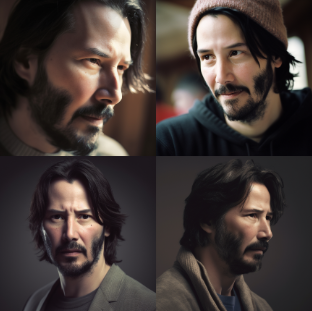
|
Depth of Field |
Depth of Field |
In photography, it refers to the range of the image that is considered to be clear. It is also called the focal depth area and is usually used to describe the range that is considered to be clear in a photo. |
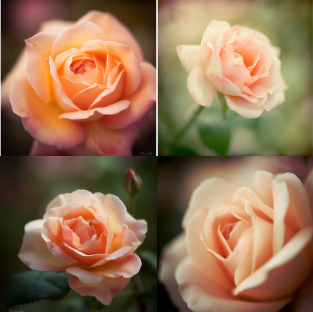
|
Soft Focus |
Soft Focus |
It refers to adding a special filter in front of the camera lens to slightly blur the subject being photographed to present a soft aesthetic effect. Compared with deep focus and shallow focus, the soft focus visual effect emphasizes the emotional theme of the picture more, focusing on the texture effect of gradually dissolving the sense of structure, making it produce a slightly hazy makeup in the photo, depicting a romantic picture. |
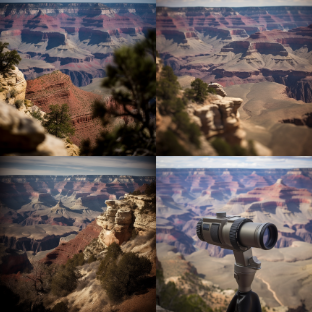
|
Deep Focus |
Deep Focus |
The technique of setting the camera at a larger aperture to keep the entire picture clear and sharp. Depth of field usually requires a smaller focal length or a longer shooting distance to maintain the clarity of the entire picture, which is a depiction effect similar to large depth of field. |
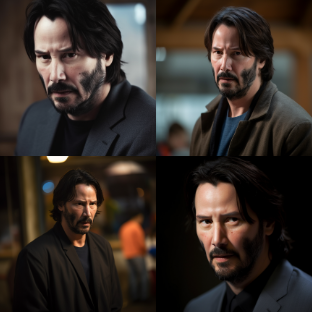
|
Shallow Focus |
Shallow Focus |
The technique of adjusting the camera's aperture to a relatively large opening so that the photographer can keep a specific area or subject on the camera plane sharp as desired, while other areas of the photo become blurred. This effect is often used in portrait photography to make the subject stand out clearly in the picture and the background of the picture slightly blurred, bringing a more artistic effect. |
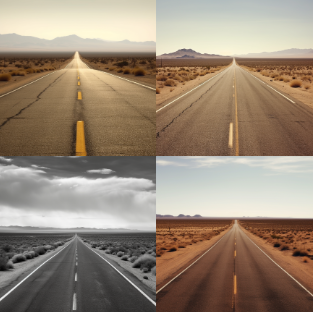
|
Vanishing Point |
Vanishing Point |
A vanishing point is a point at infinity that is used for visual processing. In perspective painting, we can imagine a point at infinity that all lines converge towards. Vanishing points can help painters or photographers achieve a delicate perspective effect, thereby creating a unique sense of space; |
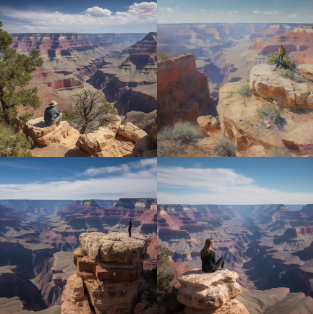
|
Vantage Point |
Bird's-eye view |
The general effect is that there will be a point in the photo that is the highest point, and then shoot diagonally above this highest point |